No Results Found
The page you requested could not be found. Try refining your search, or use the navigation above to locate the post.
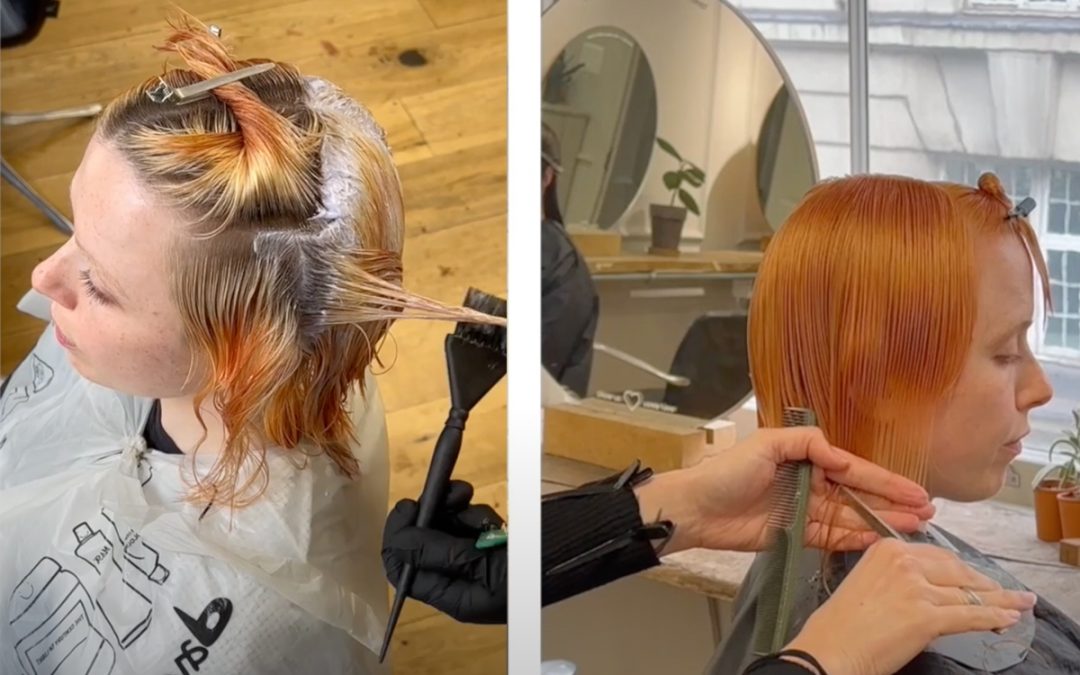
Join Allilon expert educators, Kate and Madeleine, as they guide you through a transformative journey exploring our signature house model, Saffron.
“Saffron’s journey begins with a vibrant, deep red hue, transitioning gracefully towards a sun-kissed blonde ideal for the summer months,” says Madeleine. “Employing a precise application technique suitable for salon use, I’ll delicately colour the darker strands while preserving the pre-lightened areas.”
Regarding the French bob cut, Kate explains: “Our vision was to craft a timeless, chic French bob, blending precision with effortless elegance. Using scissors for precise shaping and the feather razor for subtle interior layers, we’ve infused Saffron’s hair with texture and fluidity. Embracing the natural drying process, we’ve achieved a soft, salon-ready look that exudes sophistication.”
The page you requested could not be found. Try refining your search, or use the navigation above to locate the post.
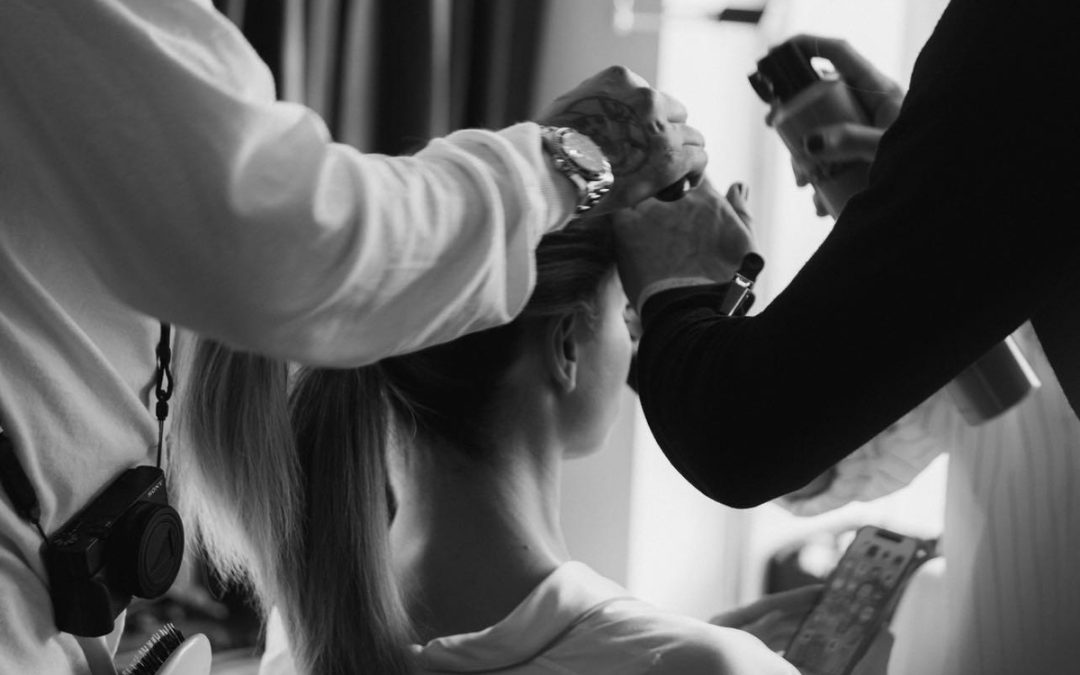
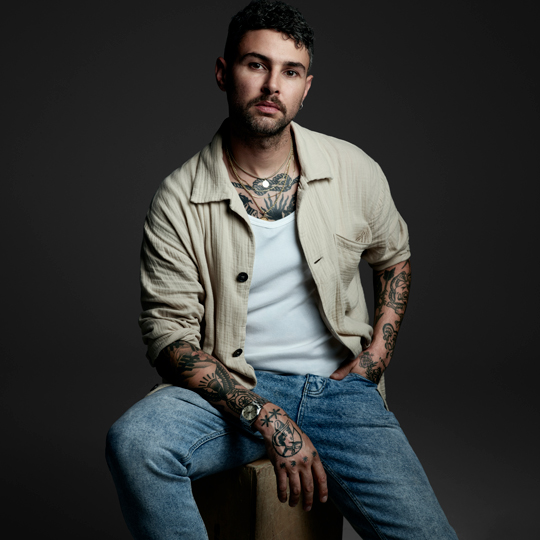
Halley Brisker
We’ve all cooed and dissected the looks from this year’s Met Gala, the most photographed red carpet in the world, second only to The Oscars. But what is it like to work it as a session stylist? Halley Brisker – on hand to style Lily James and Eve Hewson for the 2024 Garden of Time-themed event – lifts the lid…
“Traditionally a fundraiser for the Metropolitan Museum of Art’s Costume institute in New York, the Met Gala has now morphed into a global fashion event headed up by Anna Wintour, who supposedly oversees personally every single outfit worn by the attendees. What does such a night mean for the attendees and the hair, make-up and styling teams that take part?
“This was my third year and each one tends to play out much the same – my job is often done with little time for organisation. Sometimes I know what I’m doing several weeks in advance; sometimes I can have as little as 24 hours to prepare! However, the Met Gala is the exception to the rule.
“I often know six months or more in advance if any of my clients will attend. For an event that demands the attendance of the world’s most influential and well-known faces, military precision is required if one is hoping to get them all in one building, in one city, on one night of the year.
Hair, make-up and styling are also appreciative of this long lead time as there are not enough of us to go around on Met Monday in New York! This is a night that the attending talent hope to be able to have their most trusted teams; often a scuffle can ensue in terms of making sure you can secure the people that make you look and feel your best on such an important night.
“Preparation begins months in advance, with first sketches of outfits. This helps start a conversation among the team and talent once everybody is confirmed. The more open to idea sharing, creative direction and progression of ideas you can be with one another, the more exciting the creative journey will be. It tends to be a busy WhatsApp thread…

Halley’s mood board and final look for Eve Hewson
“Fittings will take place as outfits are brought to life. Directions can and usually will change, but I like to begin my prep with large format mood boarding based on the theme of the year and the initial idea references that the team have put forward. Sometimes it can just be a feeling that my client wants to embody or bring to life. This moodboarding comprises searches for fairly abstract references across multiple mediums, and everybody on the team takes a look and asks for things that stand out. Once I get a feeling for that, I can begin narrowing down my final board which I use on Met Monday.
“Most teams will make their way to New York (if they aren’t already based there) on the Friday or Saturday. This gives everybody time to settle in and leaves Sunday for some final prep. If possible, I love to squeeze in a hair test on the Sunday night. Going into The Met having had a quick run-through pays huge dividends – I’m somebody who likes to be organised, otherwise I can’t relax. There are two well-established hotels that host most of the talent, literally across the road from one another – very handy if you have more than one client at separate locations.
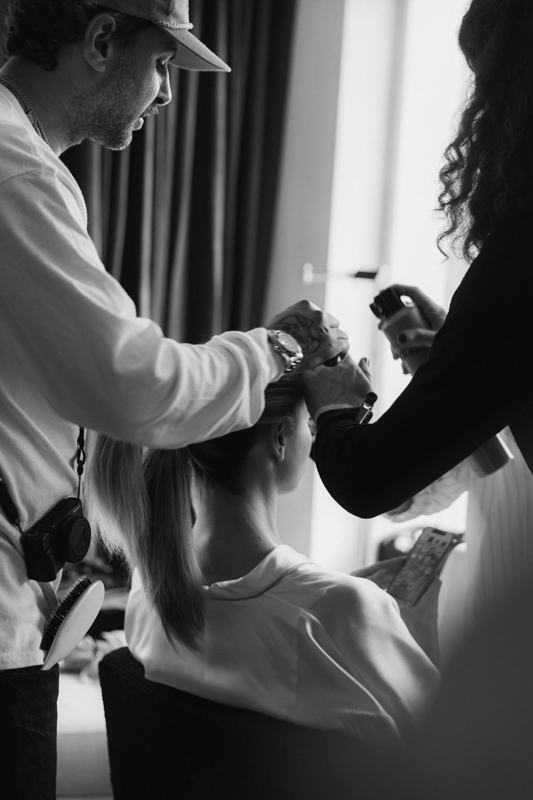
Halley working with Lily James
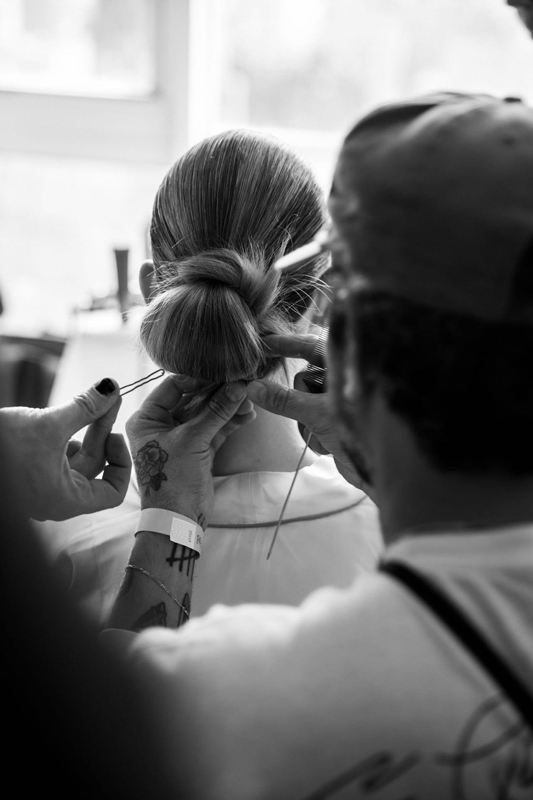
Halley Brisker
“This year I was getting both Lily James and Eve Hewson ready, which if scheduling is executed well is achievable with a good assistant. There are some artists that will attempt more than two people… If your cortisol levels are manageable and you have a fetish for stress, then this might be for you, but it isn’t for the faint of heart!
“Content is king, so you can expect a constant stream of brand partners in the ‘get ready’ suite along with publications like Vogue and Vanity Fair dropping in, all to create content. That is why for The Met we will always allow at least double the prep time of any other event – four or five hours is not uncommon. We’re creating the most immaculate finishes, if not the most creative looks, so time to do this while everybody involved is able to work their magic and collect their content is vital. It also helps to reduce that rush to the finish line – talent often need to be sewn into custom couture before final touches and pictures… Trust me, time flies on Met Monday!
“Military precision of production doesn’t end at the hotel suite door. A cavalcade of sprinter vans line up around the block for specific timeslots for each talent attending and a sea of paparazzi wait outside the two hotels, backed by screaming fans. Usually, the team and I enjoy a celebratory drink while we wait for our clients to return – we can hang out and debrief a little before sending off the talent to the after parties, sometimes with a change of hair and make–up look. Once the kit chaos is finally packed up and I’m in a taxi looking forward to crawling into my hotel bed in the small hours…”
Halley backstage with Lily James
The acclaimed session stylist may reference his troubled past in his work, but the results are always forward-thinking.
Get the lowdown on the key hair trends spotted on the catwalks at London Fashion Week A/W24 shows.
The Scottish session stylist and Tim Walker collaborator is operating at the upper echelons of fashion once more.

A tale of skilful artistry and team work, the latest hair collection from Alfaparf Milano Professional showcases the brand’s portfolio at its best. Commercial colour paired with personalised hair care, the end results are perfect inspiration for a whole host of clients.
Hair:
Paul Falltrick @paulfalltrick
Lisa Whiteman @lisa_whiteman
Piero Gentile @pierogentilehair
Beatrice Moate @bea_loves_color
Gavin McIntryre @gavinmcintyrehair
Photographer: @aris_akritidis
Stylist: Magdalena Jacobs @magdalenajacobs_fashionstylist
Make-up: Amy Barrington @amybarrington
In a collaborative project under the creative direction of Charles Rose, Wez Jones, Luke Hartley and Wesley Luiz showcase fresh fades.
A creative collaboration between It List The Rising Star 2023 winner, Mia Mozely and Nashwhite’s styling supremo, Millie Braham.
A tale of skilful artistry and team work, the latest hair collection from Alfaparf Milano Professional showcases the brand’s portfolio at its best.
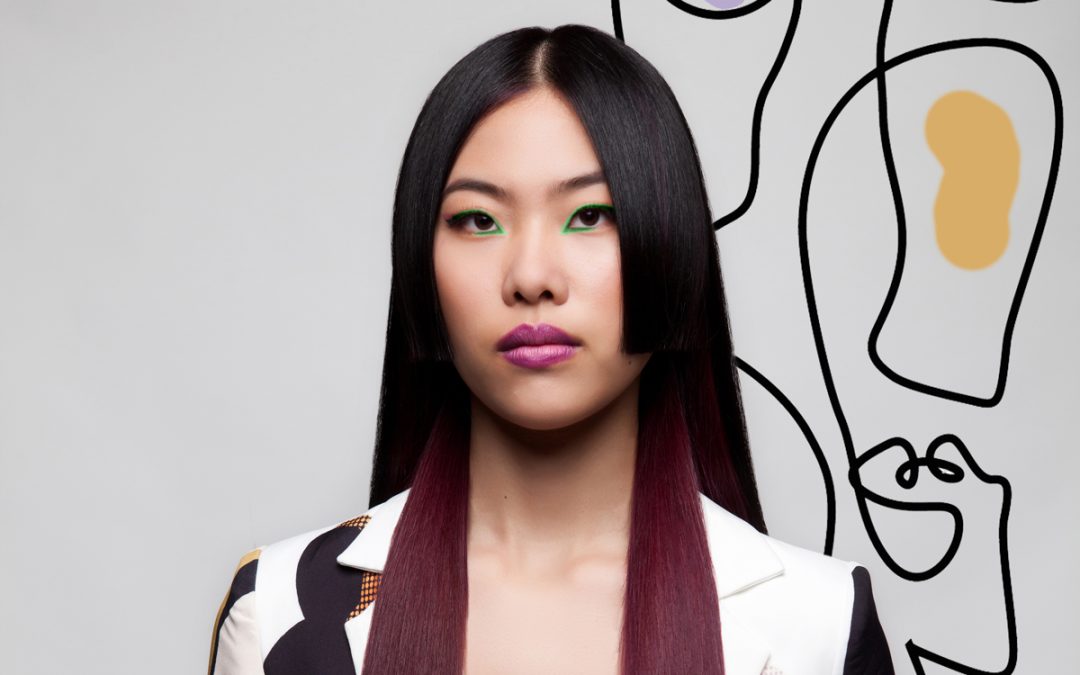
Finding inspiration in the iconic artist Pablo Picasso, Catherine McElligott at The Hair Shop showcases how hairdressing is a creative art form that generates plenty of masterpieces.
Hair: Catherine McElligott at The Hair Shop, Dundalk
Colour: James McMahon
Photography: Martin McElligott
Model: Keying Ji
In a collaborative project under the creative direction of Charles Rose, Wez Jones, Luke Hartley and Wesley Luiz showcase fresh fades.
A creative collaboration between It List The Rising Star 2023 winner, Mia Mozely and Nashwhite’s styling supremo, Millie Braham.
A tale of skilful artistry and team work, the latest hair collection from Alfaparf Milano Professional showcases the brand’s portfolio at its best.

Fashion’s biggest night of the year, The Met Gala, is never short of iconic outfits… but it also never fails to deliver striking hair looks, too. While the official Costume Institute exhibition on display at the Metropolitan Museum of Art is Sleeping Beauties: Reawakening Fashion, the dress code and general theme of the Met Gala was the Garden of Time. How did some of the big names interpret that concept? Let’s take a look…
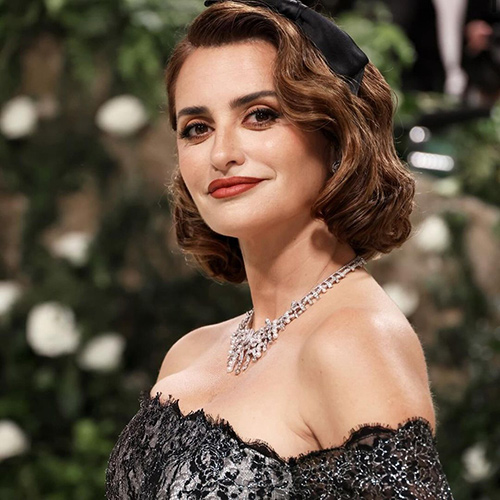
Penelope Cruz
Hair: Pablo Iglesias on styling and Matt Rez on colour, using Moroccanoil
Inspiration: “The inspiration behind the look were classic Hollywood movies from the ‘30s full of glamour in black and white mixed with all the fairytale characters, from Sleeping Beauty to Snow White,” explained Pablo. “Penelope wanted a chocolate-y copper vibe for a change! She looks beautiful with warm tones. Moroccanoil has the perfect chocolate tones to do the job!” Matt added.
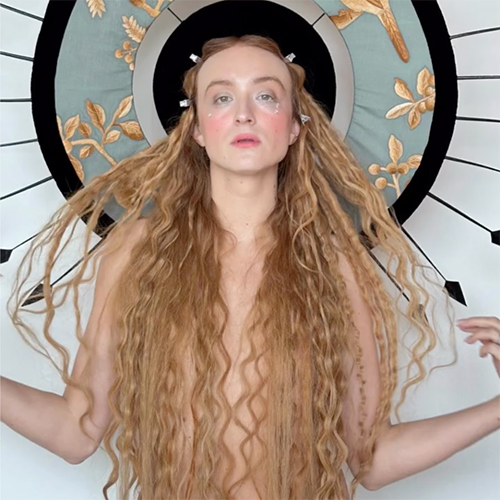
Harris Reed
Hair: Peter Burkill using Dyson Corrale hair straightener
Inspiration: “Drawing inspiration from the enchanting beauty of Pre-Raphaelite art, we meticulously crafted a hairstyle embodying a lived-in charm, highlighting Harris Reed’s long, eroded copper locks gracefully cascading down his back,” explained Pete. Achieving this look involved sculpting intricate braids and delicate water waves, evoking the romantic allure of the era. To complement this hairstyle, Harris wore a custom piece, taking inspiration from his latest collection, ‘Shadow Dance’, where archive wallpaper was revitalised, stripped back to silk, and repurposed on to garments, symbolising the reawakening of beauty in line with the theme for this year’s Met Gala.
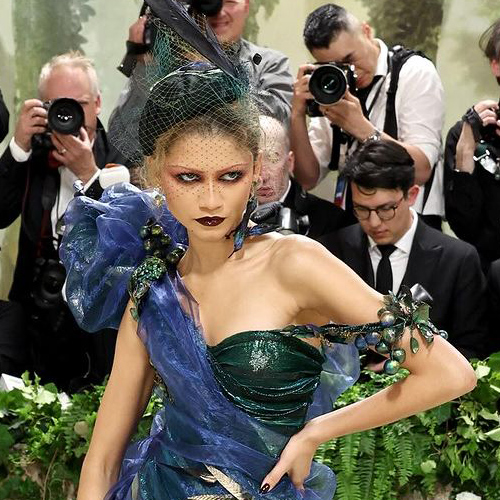
Zendaya
Hair: Ursula Stephen, using Dyson Supersonic r Professional Hairdryer
Inspiration: “Subtle beauty, very delicate, very confident,” shared Ursula. The loose strands around the front of the face make the up-do look soft and natural, it embodies the Garden of Time theme, paired perfectly with a striking headpiece and earthy, blue and green tones of the dress.
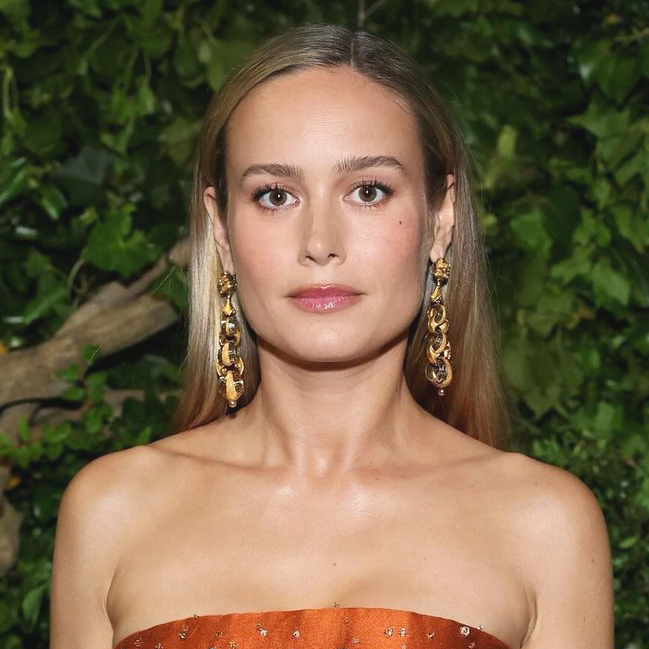
Brie Larson
Hair: Bryce Scarlett on styling and Jacob Schwartz on colour, using Schwarzkopf Professional BLONDME and IGORA VIBRANCE
Inspiration: “My version of the expensive Monday Blonde, I call it Spun with Gold and involves a meticulously thorough amount of micro highlights throughout the entire hair. It’s the perfect amount of light and dark blended to give extra life to the hair,” explained Jacob.
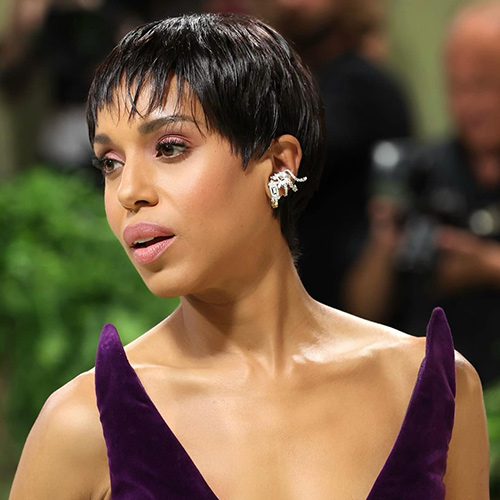
Kerry Washington
Hair: Takisha Sturdivant-Drew, using OSiS from Schwarzkopf Professional
Inspiration: “Kerry’s gorgeous dark violet Oscar De La Renta dress is the perfect representation of the theme Garden of Time and I knew I had to match that chic, bold, and fairy-like energy with her hair,” said Takisha. “I love a pixie cut on Kerry and decided this was the perfect moment for an elevated pixie cut to bring the whole look together.”
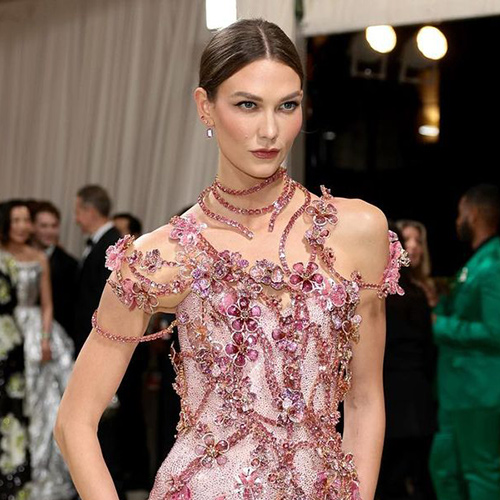
Karlie Kloss
Hair: Irinel De Leon, using Dyson Supersonic r Professional Hairdryer
Inspiration: “We wanted to keep the hair a little more on the simple side because of the intricate detail in the dress,” said Irinel. “The dress is embellished with Swarovski crystals throughout with flowers draping down the length of the dress; therefore we wanted the hair to feel soft, whimsical yet polished. The low chignon with wispy pieces around the face and ears, add a bit of softness to the look.”
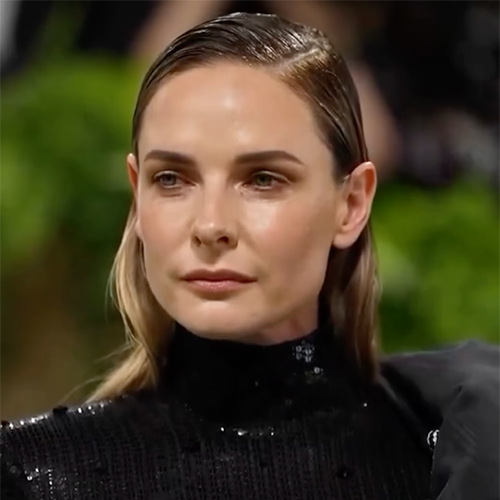
Rebecca Ferguson
Hair: Jillian Halouska on styling and Jacob Schwartz on colour, using IGORA VIBRANCE from Schwarzkopf Professional
Inspiration: “Rebecca is starring opposite Chris Pratt and Anabelle Wallis in the MGM sci fi thriller series, Mercy. I thought of her futuristic character when creating her blondes,” said Jacob. “We are calling it Galactic Blonde.”
The page you requested could not be found. Try refining your search, or use the navigation above to locate the post.